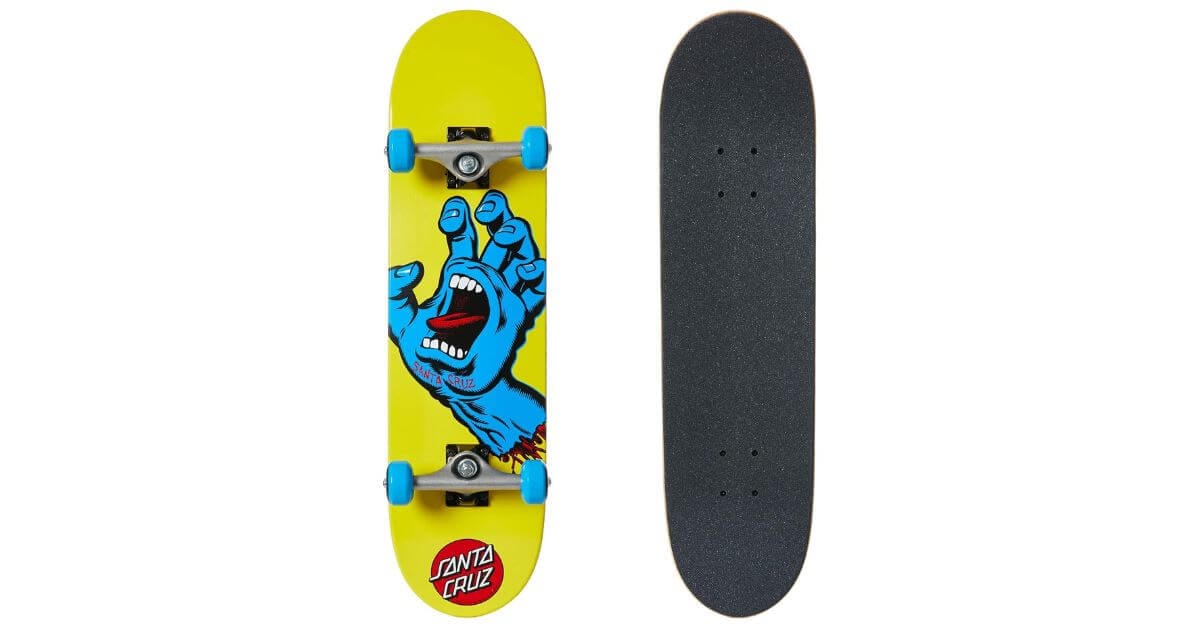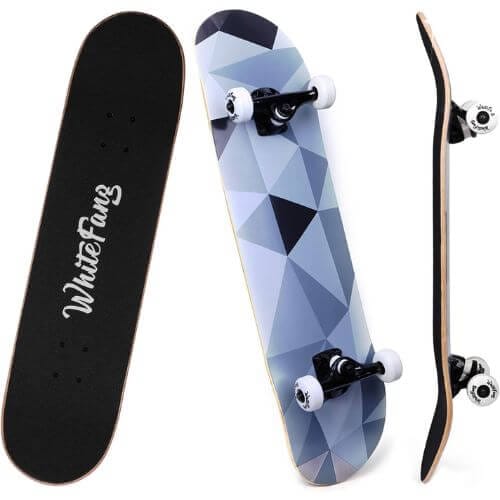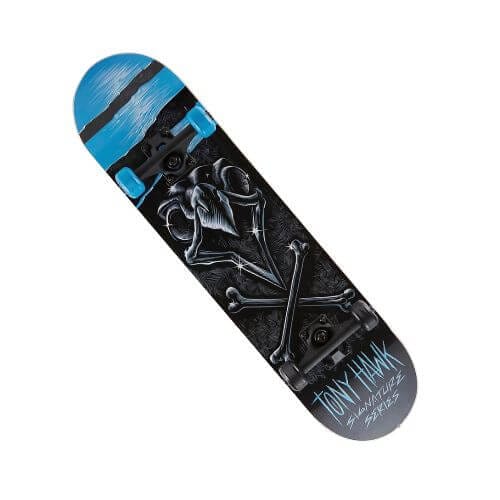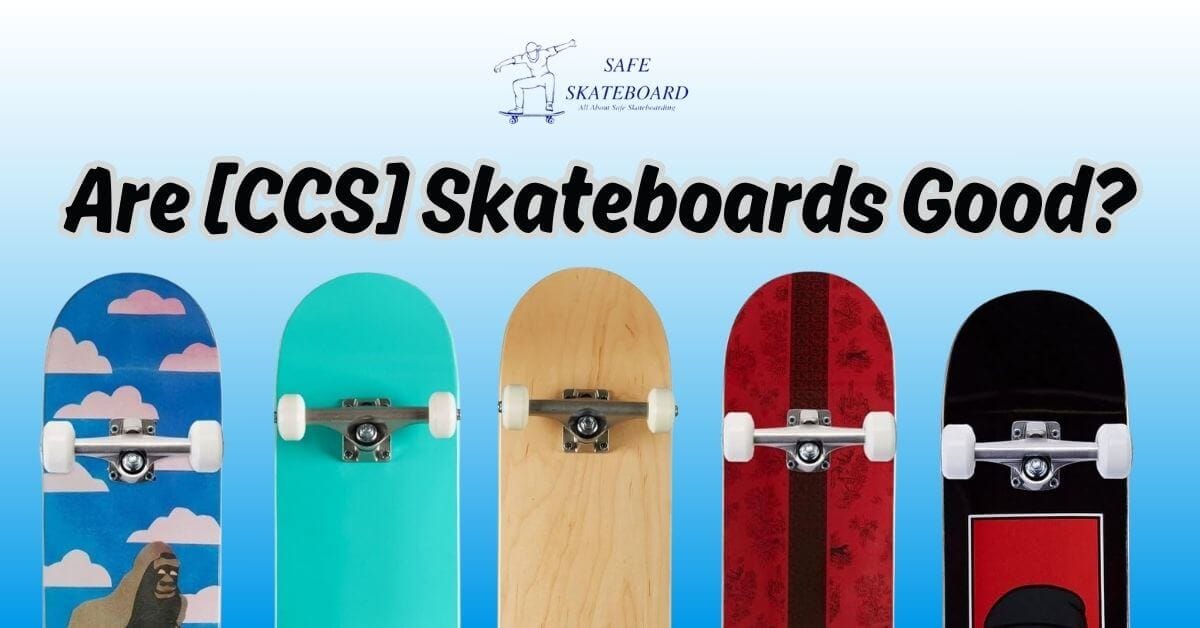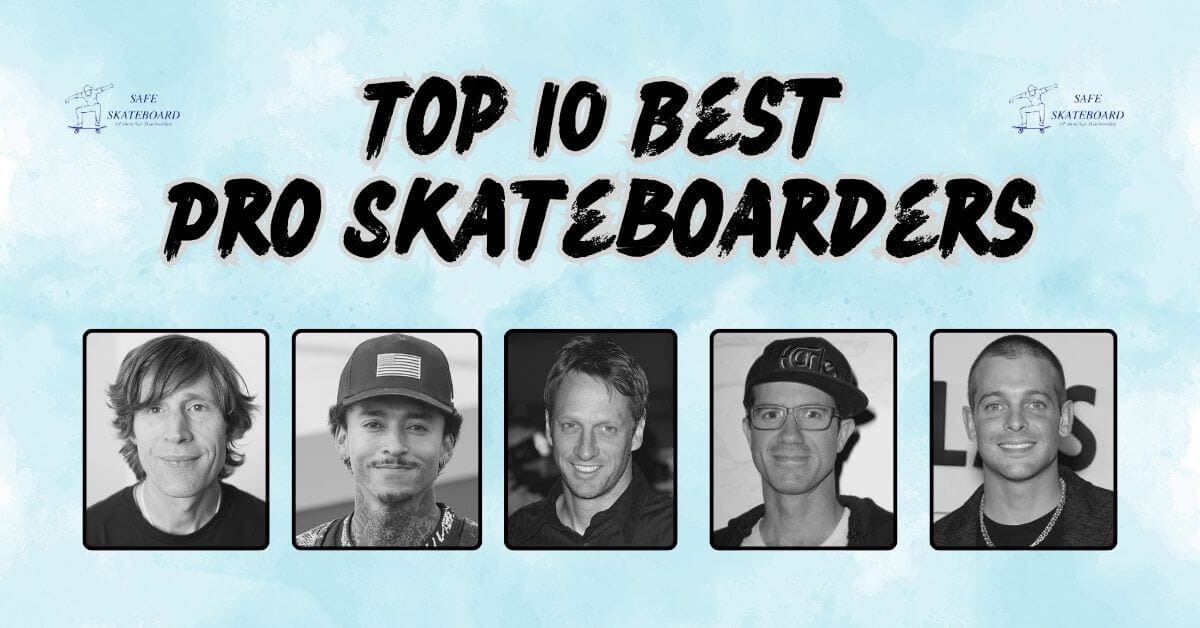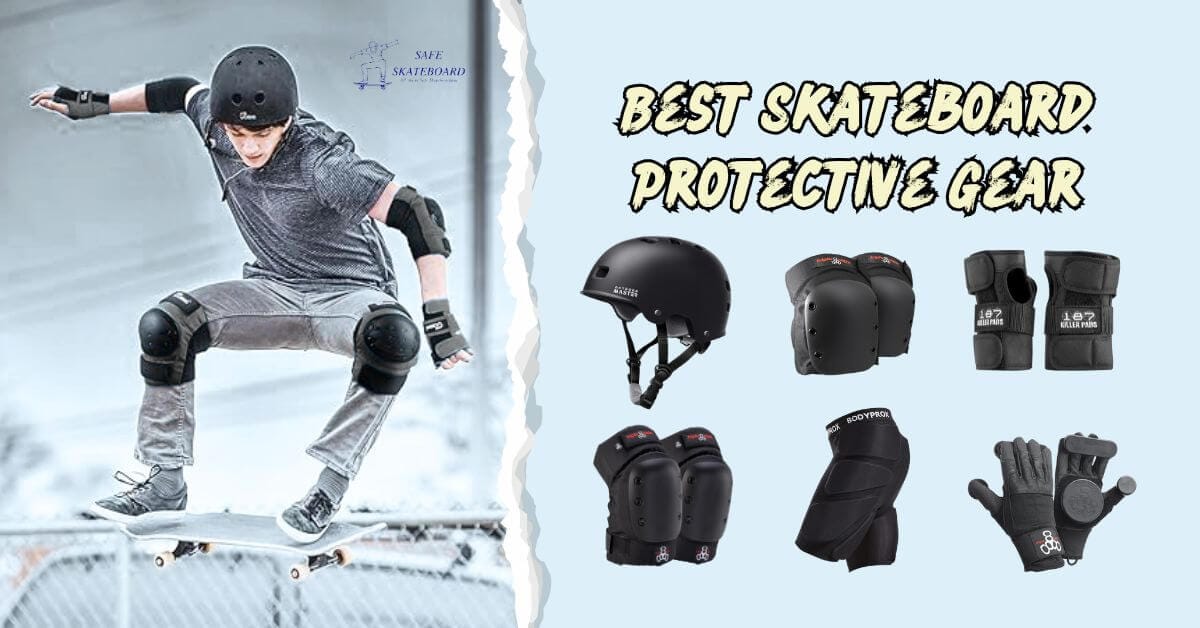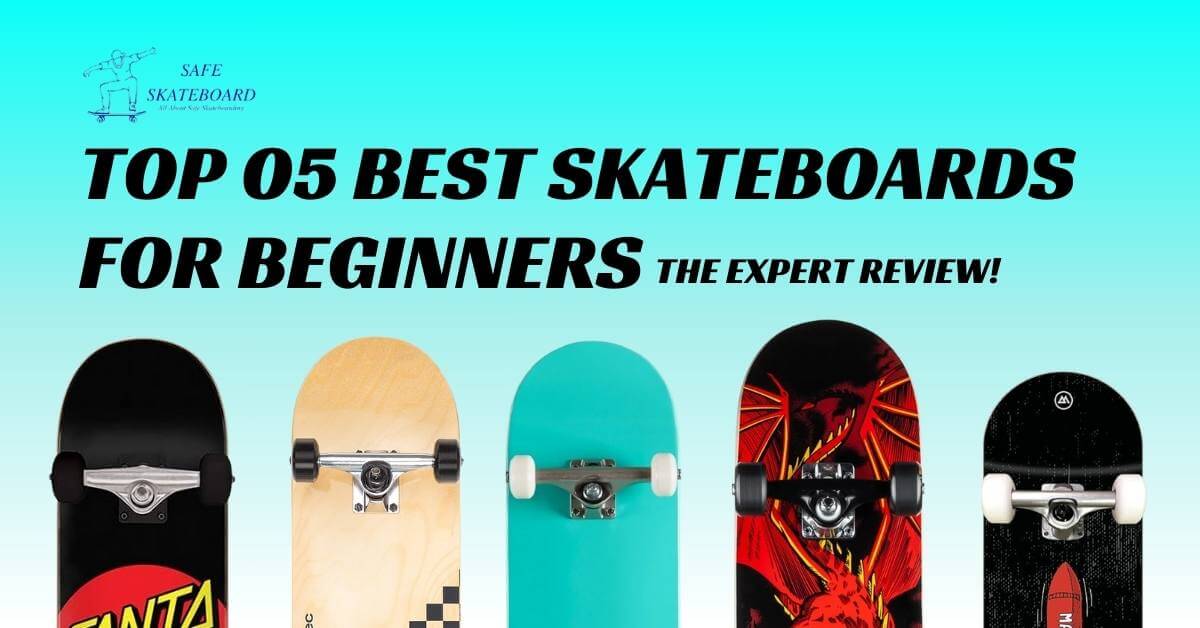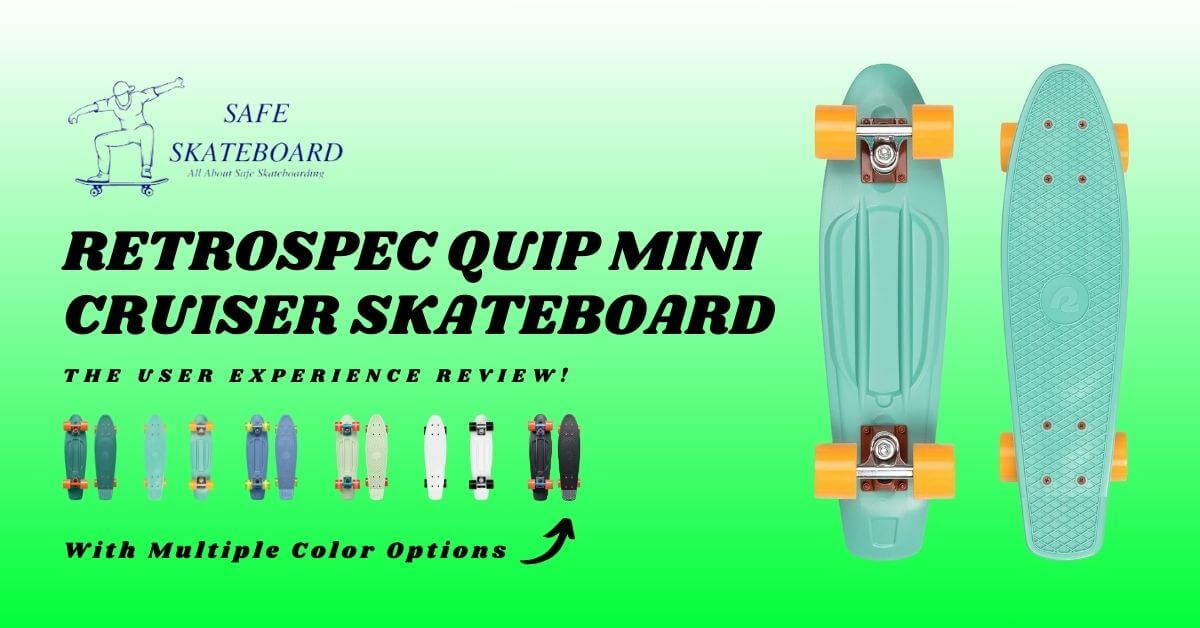So, you want to learn how to ride a longboard? Great choice! Longboarding is fun, easy to start, and a great way to enjoy the outdoors. If you’re cruising around the block or gliding through the park, riding a longboard feels smooth and free.
Longboarding is also good for your body. It helps you stay active, improve balance, and build confidence. Plus, it’s a fun way to meet other riders and enjoy the ride together.
In this guide, you’ll learn everything you need to get started. I’ll cover the basics of standing, pushing, turning, and stopping safely. You don’t need to be an expert or super sporty. Just bring a good attitude and your longboard.
Let’s take it one step at a time. By the end, you’ll be riding easily and having a blast doing it. Ready to roll? Let’s go!
Wearing proper safety gear for longboarding
Safety first, always! When you ride a longboard, you must gear up properly. In this section, I will explore the types of safety gear you need:
1. Wearing a Helmet For Longboarding
Strapping on a helmet is an absolute non-negotiable. It’s your first line of defense against head injuries.
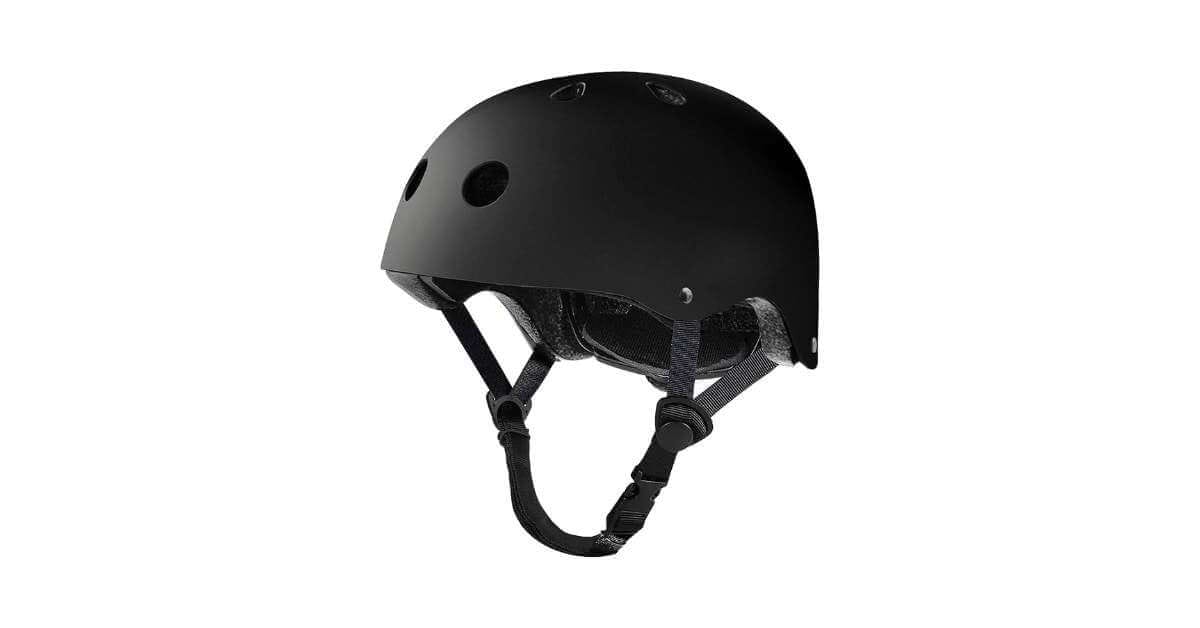
Helmets are designed to absorb impact and keep your skull intact. You’re less likely to suffer from concussions or more severe injuries if you take a fall.
Always choose a certified helmet that fits snugly on your head. Make sure it has a secure buckle and doesn’t move around. It might initially feel bulky, but you’ll soon get used to it.
2. Wear Knee Pads For Longboarding
Knee pads are a lifesaver for your joints. When you fall, and you will, they take the brunt of the impact.
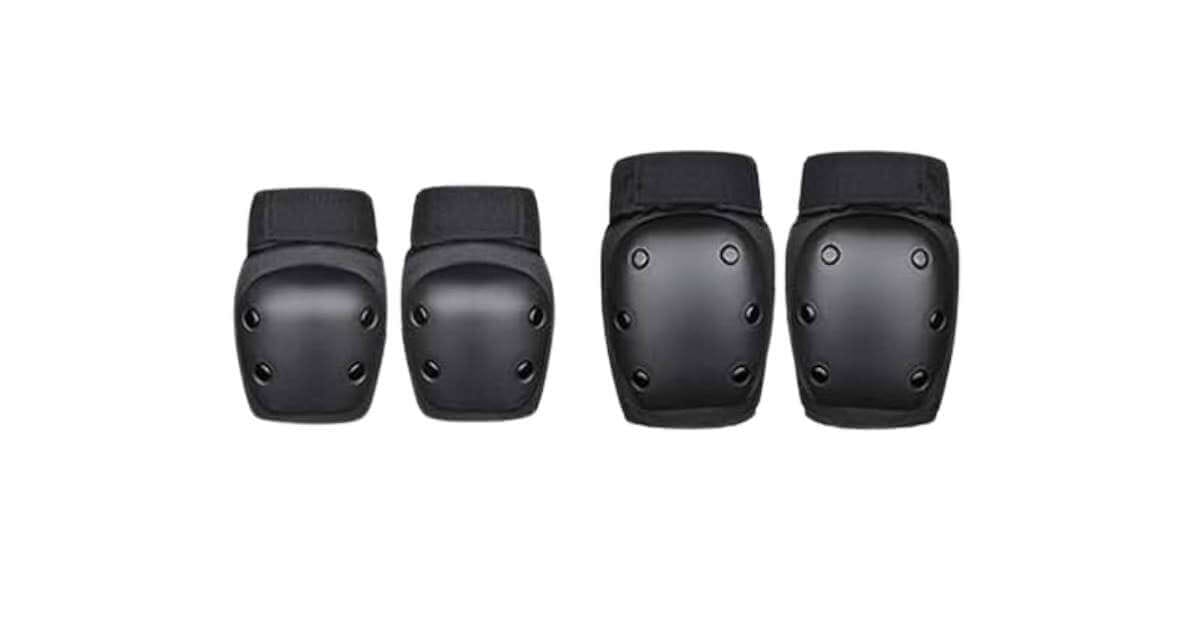
This minimizes bruising and scrapes. Invest in a good pair that fits well and doesn’t slide down. Velcro straps are your best friend here. They ensure the pads stay in place while you’re cruising.
So, knowing your knees are protected, you’ll feel more confident to try new tricks. Plus, knee pads come in cool colors and designs. Making safety look stylish is always a win.
3. Wear Elbow Pads For Longboarding
Elbow pads are essential for protecting your arms. When you fall, your natural instinct is to put your hands out. This can lead to seriously scraped elbows.
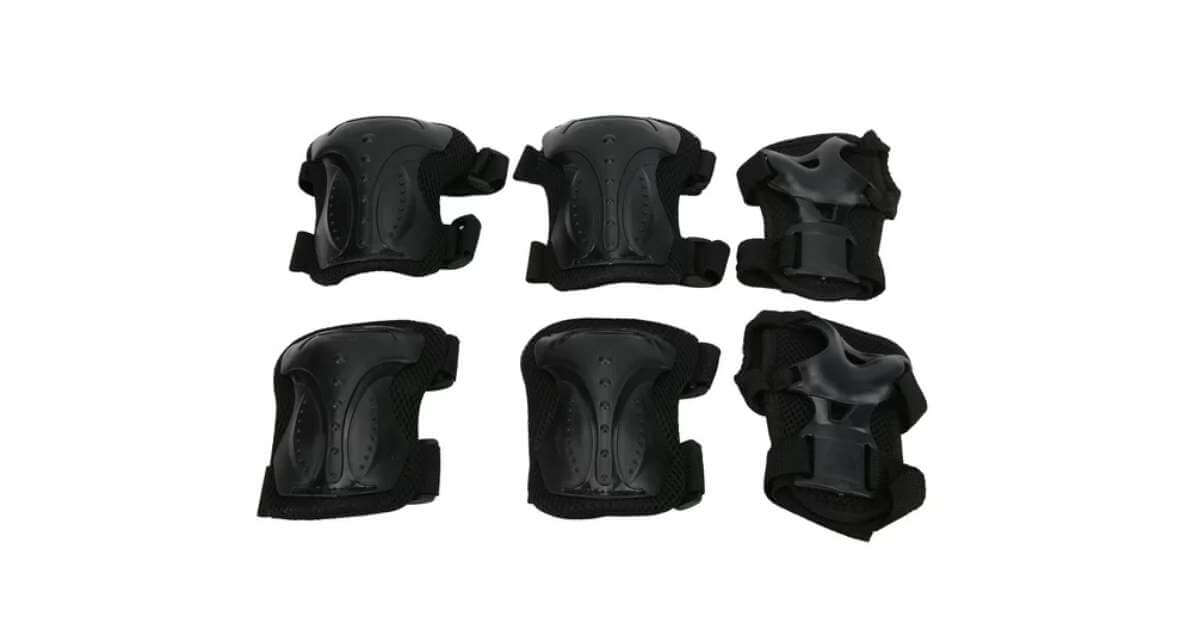
With pads, you cushion the impact and avoid nasty injuries. They also help with confidence. Knowing your elbows are protected means you’re more willing to try new things.
So, choose pads that fit well and don’t restrict movement. Also, Adjustable straps are a bonus—they keep the pads snug. Many come with breathable material, keeping them comfortable for long sessions.
4. Wear Gloves For Longboarding
Your hands play a crucial role when riding a longboard. Gloves can make a world of difference. They protect your palms from scrapes and bruises during falls.
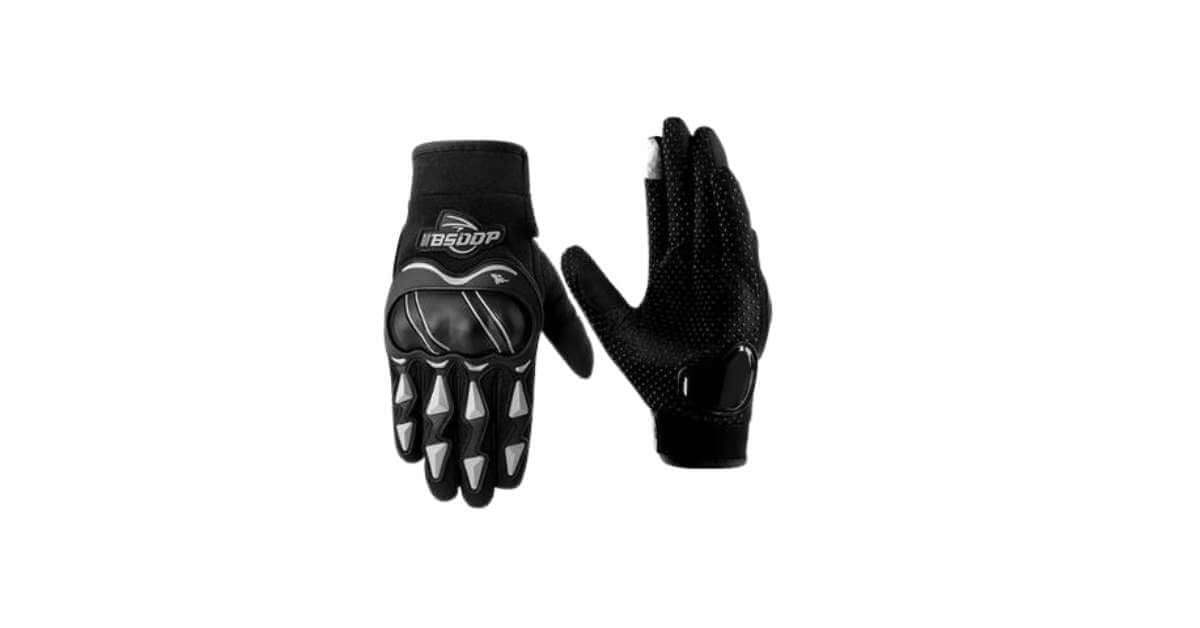
You’ll also find that gloves improve your grip on the longboard, giving you more control. Imagine sliding downhill and having a better hold—it’s a game-changer.
Many gloves are designed for board sports, featuring reinforced padding at high-impact areas. Choose a pair that fits snugly but still allows for flexibility. Breathable fabrics keep your hands comfortable even during long sessions.
How to Ride a Longboard Skateboard for Beginners
Here are some guidelines for getting started with longboarding. Now, let’s start riding a longboard.
01. Choosing a Spot to Learn
Look for a flat, open space. Avoid crowded places. Empty parking lots are ideal. Parks with smooth paths are also great. Make sure the ground is even. You don’t want any unexpected bumps or cracks.
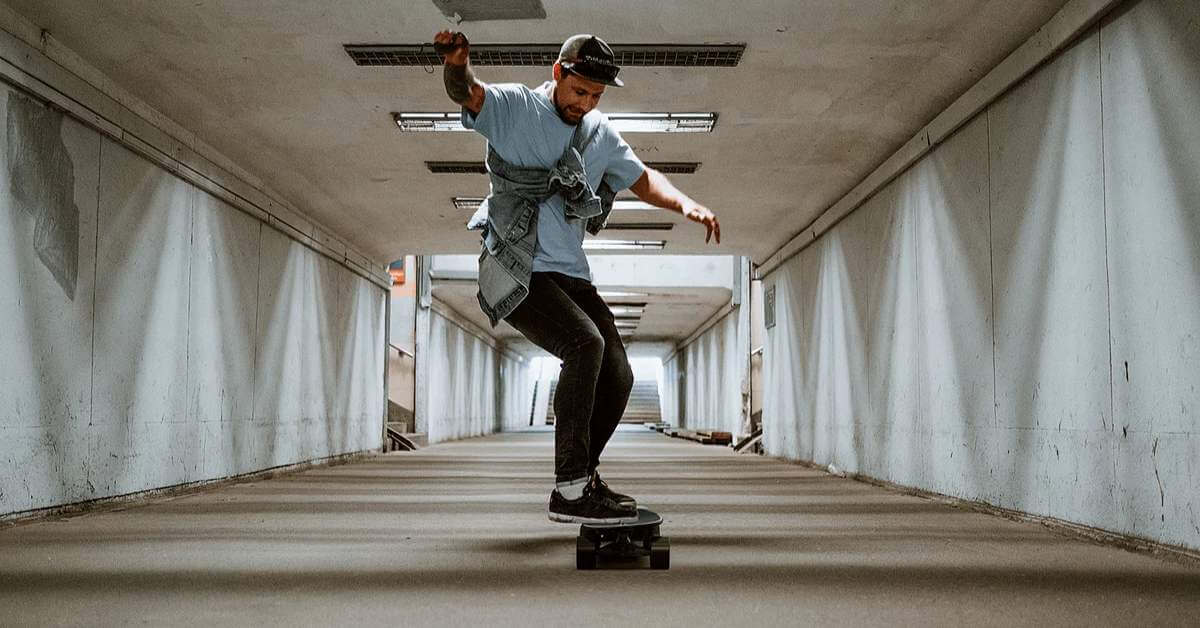
Check your surroundings. Ensure there are no obstacles. Cars, pedestrians, and pets can be distractions. The fewer, the better. So, you want a safe environment. Somewhere, you can focus solely on riding. This helps build your confidence.
Also, starting in a comfortable spot is key. You’ll find it easier to practice skills. Enjoy your learning process!
02. Finding Your Stance For Longboarding
Before riding a longboard, you need to learn how to stand on a longboard. Start by placing your board on a flat surface. Stand next to it and gently push it with your foot. Notice which foot naturally goes forward to catch your balance. This will likely be your leading foot.

If your left foot goes forward, you are “regular.” If it’s your right foot, you are “goofy.” Now, place your leading foot near the front of the board. Your back foot should stay on the ground for stability.
Practice standing on the board with both feet. Bend your knees slightly for better balance. Remember, finding your stance is all about comfort. Keep practicing until it feels natural to ride a longboard.
03. How to Balance on a Longboard
Once you’ve found your stance, it’s time to focus on balance. Start by standing still on your longboard with your knees slightly bent.
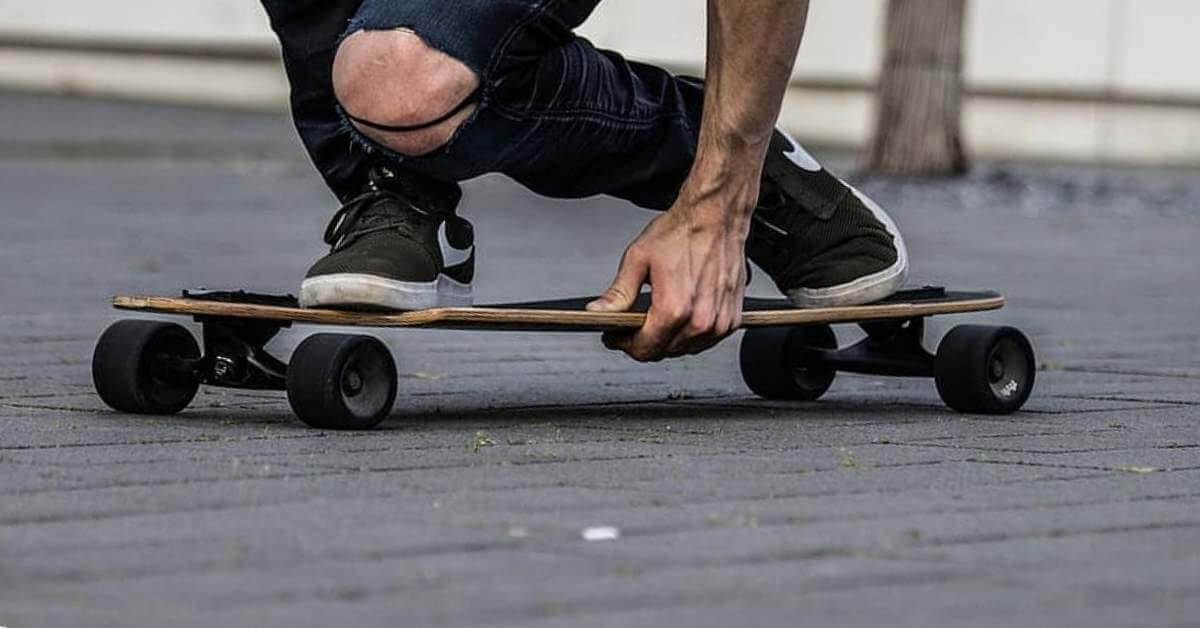
This helps absorb any wobbles and keeps you steady. Engage your core to maintain a strong center of gravity.
Keep your head and eyes forward; don’t look down at your feet. This helps to improve your balance and keeps you aware of your surroundings. Now, try shifting your weight gently from heel to toe. Practice this until it feels smooth.
Remember, it’s okay to lose your balance at first. Simply step off the board and try again. With patience, you’ll find your balance and feel more confident riding.
04. How to Push on a Longboard
Place one foot on the deck and push off the ground with your back foot to start moving. This is called “pushing.”
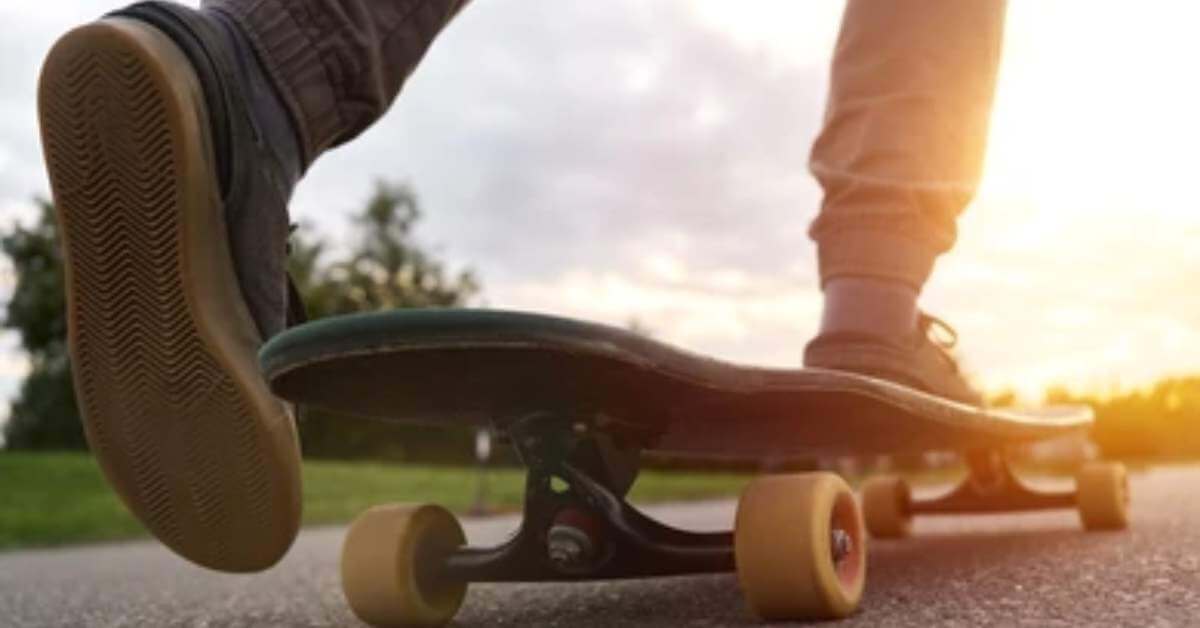
Give a gentle, controlled push, then place your back foot on the board. Keep your balance by bending your knees slightly. Repeat pushing until you gain some speed. Try to stay relaxed. It’s okay if you wobble; that’s all part of learning. Focus on smooth, controlled motions rather than power.
You’ll find a rhythm that works for you as you get more comfortable. Remember to practice in a safe area with minimal obstacles.
05. How to turn and carve on a longboard
Turning on a longboard is fun and easy to learn. Once you can ride straight, it’s time to steer. Carving is the way longboarders turn. It also helps you slow down when going downhill.
To turn right, press down gently with your toes. This is called a toe-side turn. To go left, press with your heels. That’s a heel-side turn. Keep your knees bent and your body relaxed. This helps you stay balanced and in control.
Start by making slow, wide turns. As you get better, try tighter turns. Carving is not just fun, it’s a smart way to ride safely and smoothly. With practice, you’ll learn to steer with style and confidence.
06. How To Stop On A Longboard
Learning to stop a longboard is just as important as learning to ride. One easy way to stop is the foot brake. While rolling, take your back foot off the board and gently drag it on the ground. Press lightly to slow down. Keep your front foot steady on the board.
Another way to stop is to carve. Make wide turns to lose speed, then step off safely. This works well on small hills.
As you get better, you can try more advanced stops like the slide stop, but start slow.
Practice Makes Perfect
Longboarding, like any skill, gets better with practice. Set aside time daily to ride. Start with short sessions and gradually increase your time.

Repeat your movements until they feel natural. Don’t rush; take it one step at a time. Celebrate small wins, like nailing that first push-off or mastering your balance. Try different terrains once you’re comfortable on flat ground. Each surface will teach you something new.
Also, make practising fun by riding with friends or listening to your favourite tunes. Patience and persistence pay off.
You’ll see progress before you know it. Stick with it, and soon, longboarding will become second nature.
Frequently Asked Questions (FAQs)
How to ride a longboard surfboard?
To ride a longboard surfboard, start by catching a wave. When the wave lifts you, pop up to your feet. Keep your knees bent and arms out for balance. Use soft turns to follow the wave. Longboard surfboards are great for smooth, stylish rides.
How to ride a cruiser longboard?
To ride a cruiser longboard, place one foot near the front of the board. Push off with your back foot. When you’re rolling, place your back foot on the board. Bend your knees slightly and lean to turn. Cruiser longboards are perfect for city rides and smooth paths.
How to ride a pintail longboard?
To ride a pintail longboard, step on with your front foot just behind the front bolts. Push with your back foot to get moving. Pintails are made for easy turning and smooth carving. Lean gently to steer and keep your balance centered.
How to ride a longboard downhill?
To ride a longboard downhill, wear safety gear first. Start on a gentle slope. Stay low and keep your weight centered. Use carving turns to slow down. Learn foot braking or sliding to stop safely. Always practice in safe, open areas.
How long will it take to learn?
It varies. Some get the hang of it in weeks; others might take months. Practice regularly.
What type of longboard should I start with?
A flexible, mid-length board is ideal for beginners. It offers great balance and control.
Is longboarding dangerous?
Every sport has risks. Wearing proper safety gear minimizes them.
Can I ride a longboard on any surface?
Stick to smooth pavements initially. Rough or steep terrains require advanced skills.
Do I need special shoes?
Flat-soled sneakers work best for grip and control. Avoid sandals or heels.
Wrapping-Up
Congratulations on taking the first step towards mastering longboarding! With the proper safety gear, you can ride a longboard with confidence.
Remember to start slow, find your stance, and practice balancing. The more you push off and ride, the better you’ll get. Don’t get discouraged if it takes time—everyone learns at their own pace. Choose a good spot and make it your regular practice ground.
Your skills will improve with every session. Keep practicing, stay safe, and most importantly, enjoy the thrill of longboarding.



